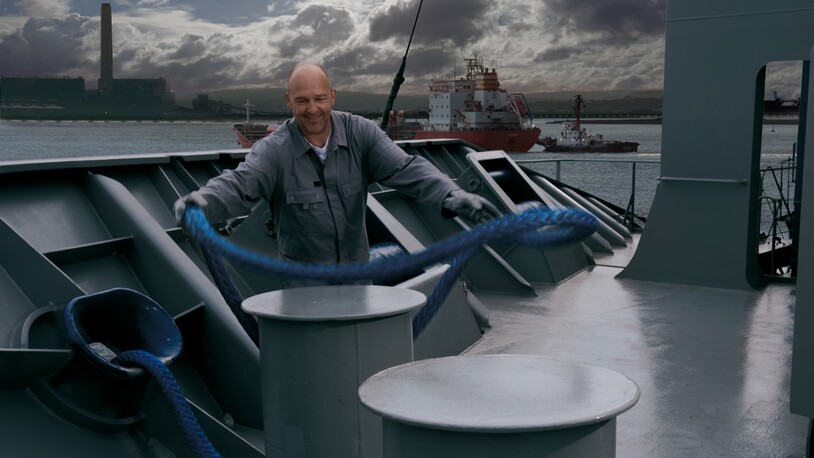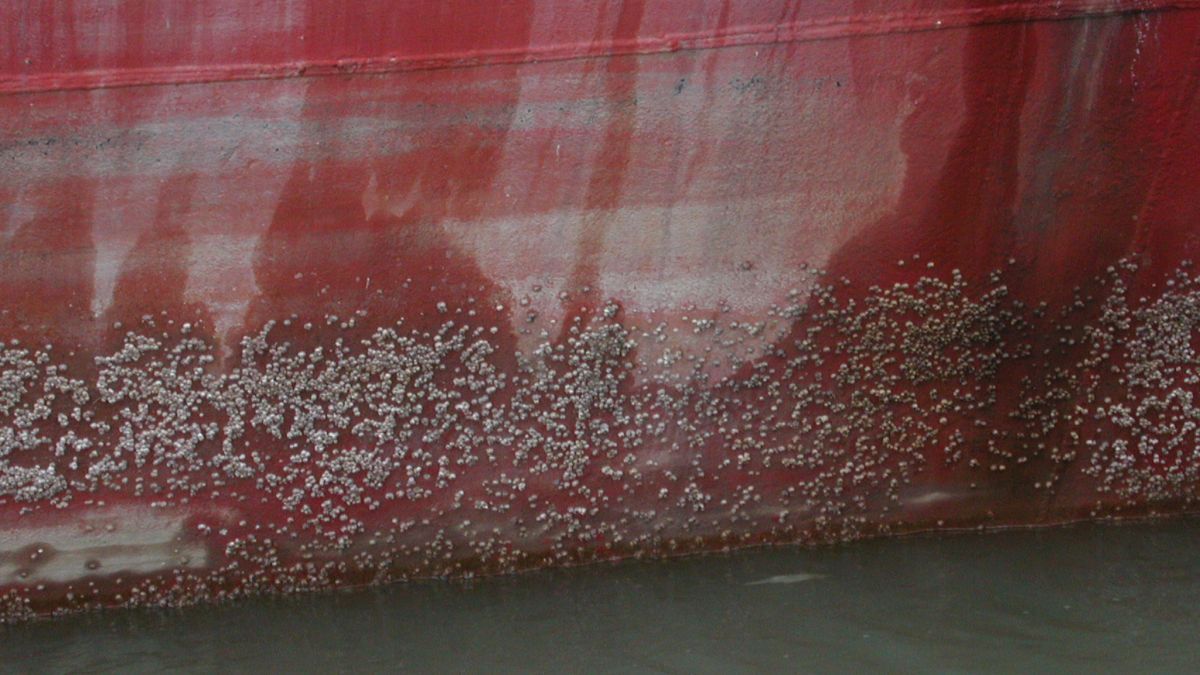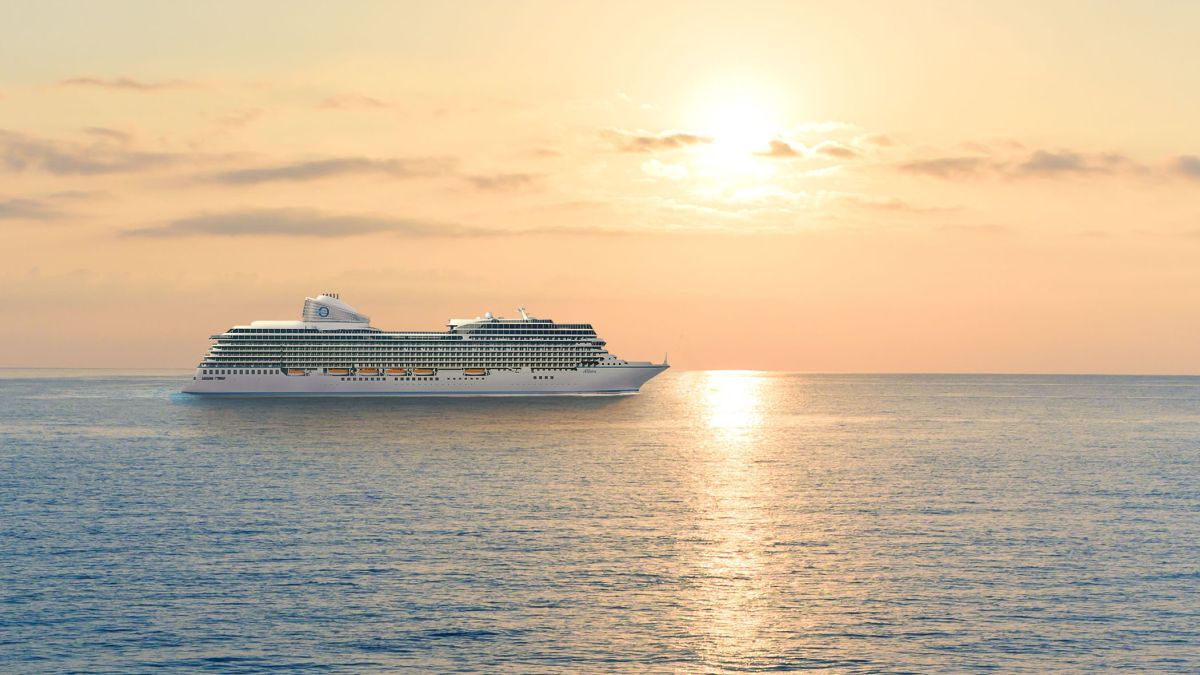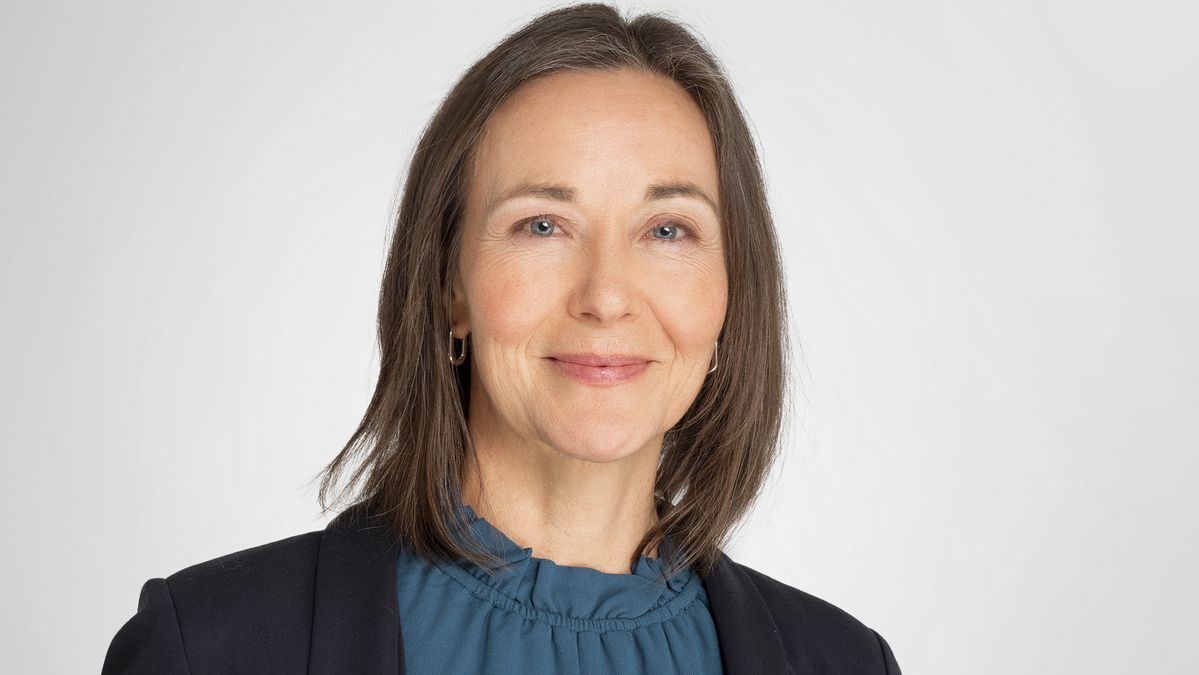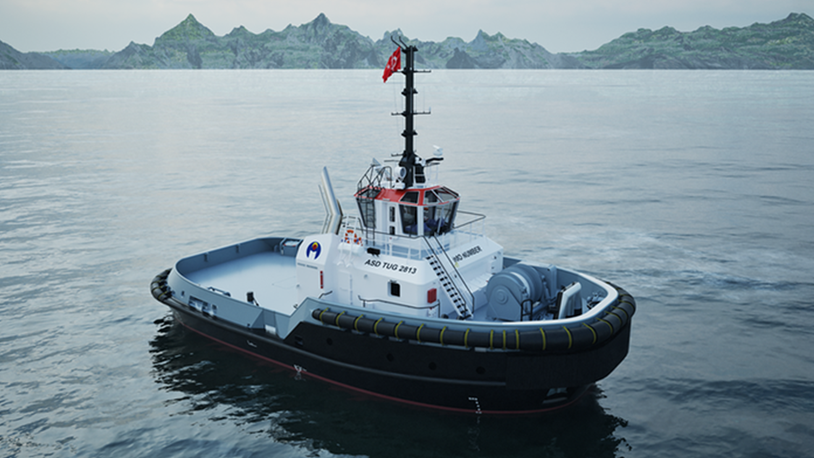Business Sectors
Events
Contents
Mooring lines made to withstand the world’s harshest climates
According to the European Harbour Masters’ Committee 95% of injuries are caused by failures of ropes or wires, and 60% of those incidents happen during mooring operations. Additionally, movements of a badly moored vessel can cause property damage or environmental harm, and a ship breaking lose from its moorings can result in catastrophic damage in port.
Mooring a ship has always been one of the most important functions of all-round seamanship, but now there’s mounting regulatory pressure to make the process safer, faster and – critically – more reliable following too many incidents of vessels breaking free and causing havoc.
Making mooring operations safer for ships and crews is the focus of new IMO regulations and industry guidelines following serious and even fatal accidents involving seafarers and terminal operators. These accidents typically involve the manual handling of equipment or mooring line breakage.
According to the European Harbour Masters’ Committee 95% of injuries are caused by failures of ropes or wires, and 60% of those incidents happen during mooring operations. Additionally, movements of a badly moored vessel can cause property damage or environmental harm, and a ship breaking lose from its moorings can result in catastrophic damage in port.
Starting 1 January 2024, all ships will be required to have a Line Management Plan (LMP) under the new IMO Safety of Life at Sea (SOLAS) MSC.1/Circ. 1620 regulation. The health of lines including hours of use, and how they are stowed, tested, inspected, retired and certified should be recorded in the LMP.
When the fourth edition of the Mooring Equipment Guidelines, known as MEG4, was published by OCIMF in 2018, it, too, set new and higher safety standards. In publishing MEG4, OCIMF recognised that lines had to rise to the challenge of faster port turnarounds, ever-larger vessels and widely varying conditions including the effect of extreme heat and cold on lines.
MEG4 requires a much broader approach to the design of mooring rope than previously. As well as breaking load, rope diameter and other characteristics obvious at purchase, the guidelines encompassed a whole new range of parameters such as angled endurance, material breaking force at high temperatures and axial compression resistance.
Avient (former DSM Dyneema), which was closely involved in the development of the MEG4 guidelines, welcomes these higher standards. Scientists at the company have formulated the ultra-high molecular weight polyethylene fiber Dyneema® SK78 to meet head-on the challenges of this new era in mooring.
As vessels venture ever deeper into harsher climates, temperature-resistant lines become crucial in terms of operational safety. That’s why the researchers have designed Dyneema® SK78 fiber, a material that is largely indifferent to the burning sun of the Middle East or icy conditions of the Arctic in the most challenging berthing conditions. Dyneema® SK78 fiber was developed with the help of a proprietary temperature model that simulates the stresses of extreme heat and cold on mooring lines. That model can also be used to predict rope core temperature as a function of its load, fatigue profile and ambient condition.
Mooring ropes should be made to last and provide comfort to ship operators, not least the crew. The challenge is, of course, that no ship, port, or crew is the same. So, in partnership with manufacturers of premium mooring ropes, Avient has long been working towards use-specific lines. That’s why mooring ropes made with Dyneema® SK78 fiber are designed to handle the endless stresses and strains imposed during mooring operations. Strains from Fatigue, Abrasion, Creep and Temperature. Any one of these “FACTs” can lead to failures.
The mooring experts at Dyneema® have put together a video series about the FACTs to consider when selecting mooring lines. Their Temperature video explains how and why they have engineered Dyneema® SK78 fiber to withstand the world’s harshest temperature conditions.
Want more information? Talk to Dyneema’s experts by clicking this link.
Related to this Story
Events
Maritime Environmental Protection Webinar Week
Cyber & Vessel Security Webinar Week
The illusion of safety: what we're getting wrong about crews, tech, and fatigue
Responsible Ship Recycling Forum 2025
© 2024 Riviera Maritime Media Ltd.


